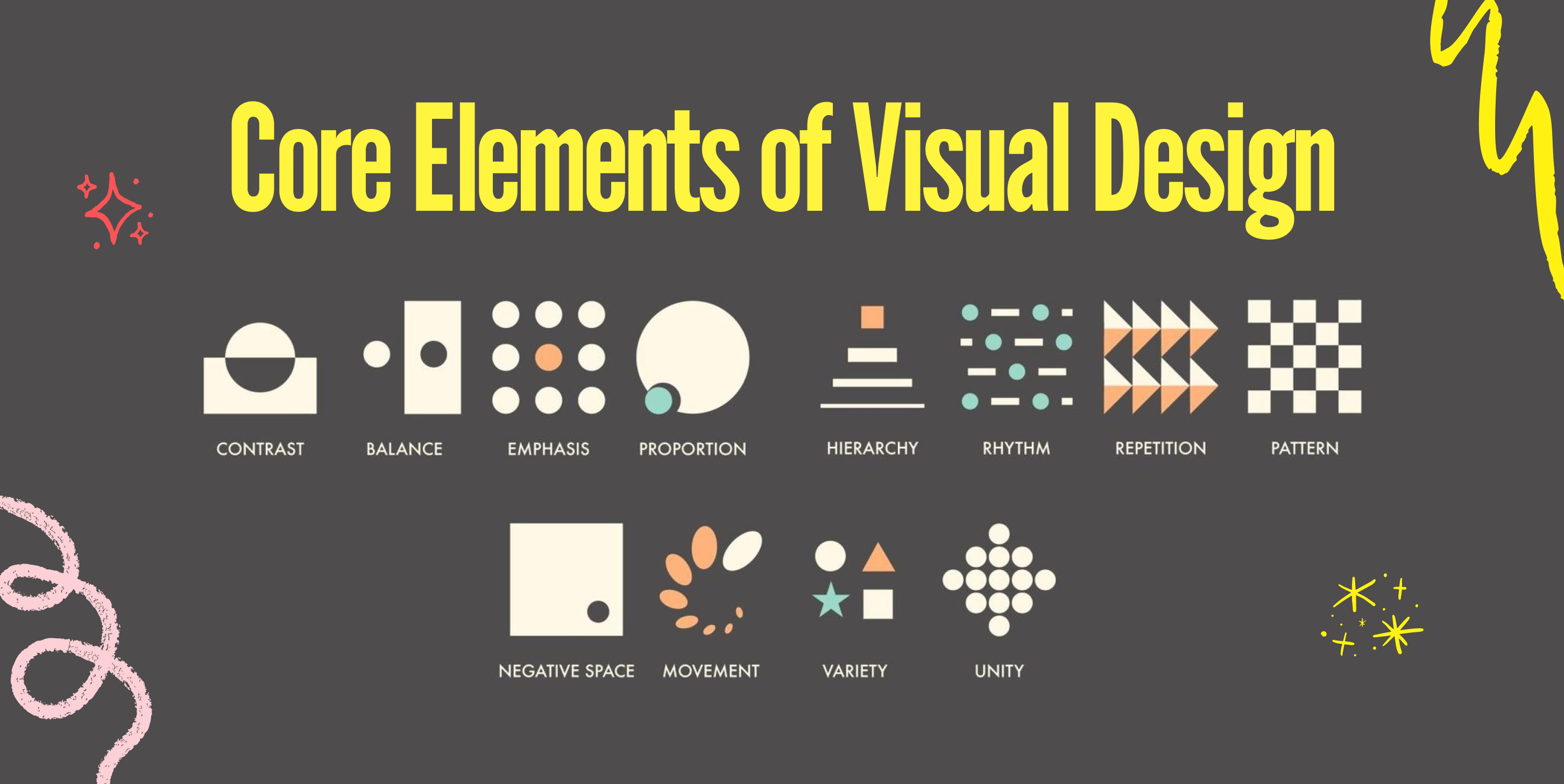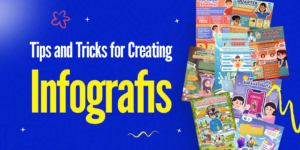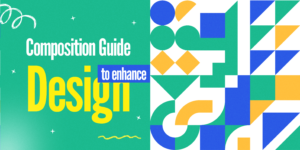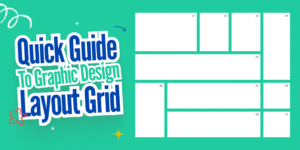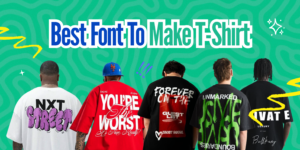Visual design is a crucial aspect of communication that combines aesthetics with functionality. Understanding the core elements and principles of visual design can significantly enhance the impact of your designs. This article explores these elements and principles, providing insights into how to create visually appealing and effective designs.
Understanding the Core Elements of Visual Design
Visual design is built upon several fundamental elements that work together to create a cohesive and engaging experience. Here are the core elements:
1. Line
Lines are the most basic element of visual design. They can be straight, curved, thick, or thin, and they guide the viewer’s eye across the design. Lines can create shapes, divide space, and convey movement or emotion. For instance, horizontal lines often evoke a sense of calm, while diagonal lines can suggest action or tension .
- Function: Creates shape, direction, and outline. Divides space, gives a sense of movement, and connects other elements.
- Types: Straight, curved, wavy, dashed, thick, thin.
- Example: Horizontal lines give a calm feeling, vertical lines give a strong impression, and diagonal lines give a sense of movement.
2. Shape
Shapes are formed when lines enclose an area. They can be geometric (like squares and circles) or organic (like freeform shapes). Shapes play a vital role in creating visual interest and can symbolize different concepts. For example, circles often represent unity and harmony, while squares can convey stability and reliability.
- Function: Forms the basis of an object or design. Gives a sense of solidity and dimension.
- Types: Geometric (square, circle, triangle), organic (irregular, like leaf or cloud shapes), abstract.
- Example: Circles give a sense of unity and harmony, triangles give a sense of stability, organic shapes give a natural feel.
3. Color
Color is one of the most powerful elements in visual design. It can evoke emotions, create mood, and influence perceptions. Understanding color theory, including the color wheel and the relationships between colors (complementary, analogous, etc.), is essential for effective design. The right color palette can enhance brand identity and make designs more memorable.
- Function: Attracts attention, evokes emotions, and creates a specific atmosphere.
- Types: Primary (red, yellow, blue), secondary (green, purple, orange), tertiary, warm, cool, neutral.
- Example: Red evokes energy, blue gives a calm feeling, green gives a fresh impression.
Principles of Design: How to Apply These Elements Effectively
Once you understand the core elements, applying design principles can help you create impactful designs. Here are some key principles:
1. Balance
Balance refers to the distribution of visual weight in a design. It can be symmetrical (evenly balanced) or asymmetrical (unevenly balanced). Achieving balance ensures that no single part of the design overwhelms the others, creating a harmonious composition.
2. Contrast
Contrast involves using opposing elements (like light vs. dark or large vs. small) to create visual interest and draw attention to specific areas. Effective use of contrast can enhance readability and highlight important information.
3. Unity
Unity is the principle that ensures all elements of a design work together cohesively. This can be achieved through consistent use of colors, shapes, and styles. A unified design feels complete and intentional, making it easier for viewers to understand the message.
The Impact of Visual Design in Modern Marketing
In today’s digital landscape, effective visual design is more important than ever. It plays a critical role in branding, advertising, and user experience. Well-designed visuals can capture attention, convey messages quickly, and influence consumer behavior. Brands that invest in high-quality visual design often see improved engagement and conversion rates .
Premium Design Resources for Maximum Impact
To create impactful designs, having access to high-quality resources is essential. Premium design resources, such as stock images, vectors, and templates, can elevate your projects. Platforms like Freepik, Envato Elements, and Shutterstock offer a vast array of assets that can enhance your designs and save you time.
Why Use a Premium Downloader Service?
Using a premium downloader service allows you to access a wide range of design resources effortlessly. These services often provide high-resolution files and exclusive content that can significantly improve the quality of your designs. By utilizing these resources, you can focus more on creativity and less on sourcing materials. The example place to downloader premium design resources is Stocksvector
How to Get Started Stocksvector
Getting started with our premium downloader service is simple. Follow these steps to access premium design resources today:
1. Search Enter the website URL : https://stocksvector.com/
2. Create an account
3. Copy paste link the resources you want(images, graphics and other design resources)
4. Click icon download “⬇️” and you’re done!
Start Accessing Premium Design Resources Today!
Unlock the potential of your designs by leveraging the core elements and principles of visual design. With the right tools and resources, you can create visually stunning and effective designs that resonate with your audience. Start your journey towards impactful design today!
Read More:

